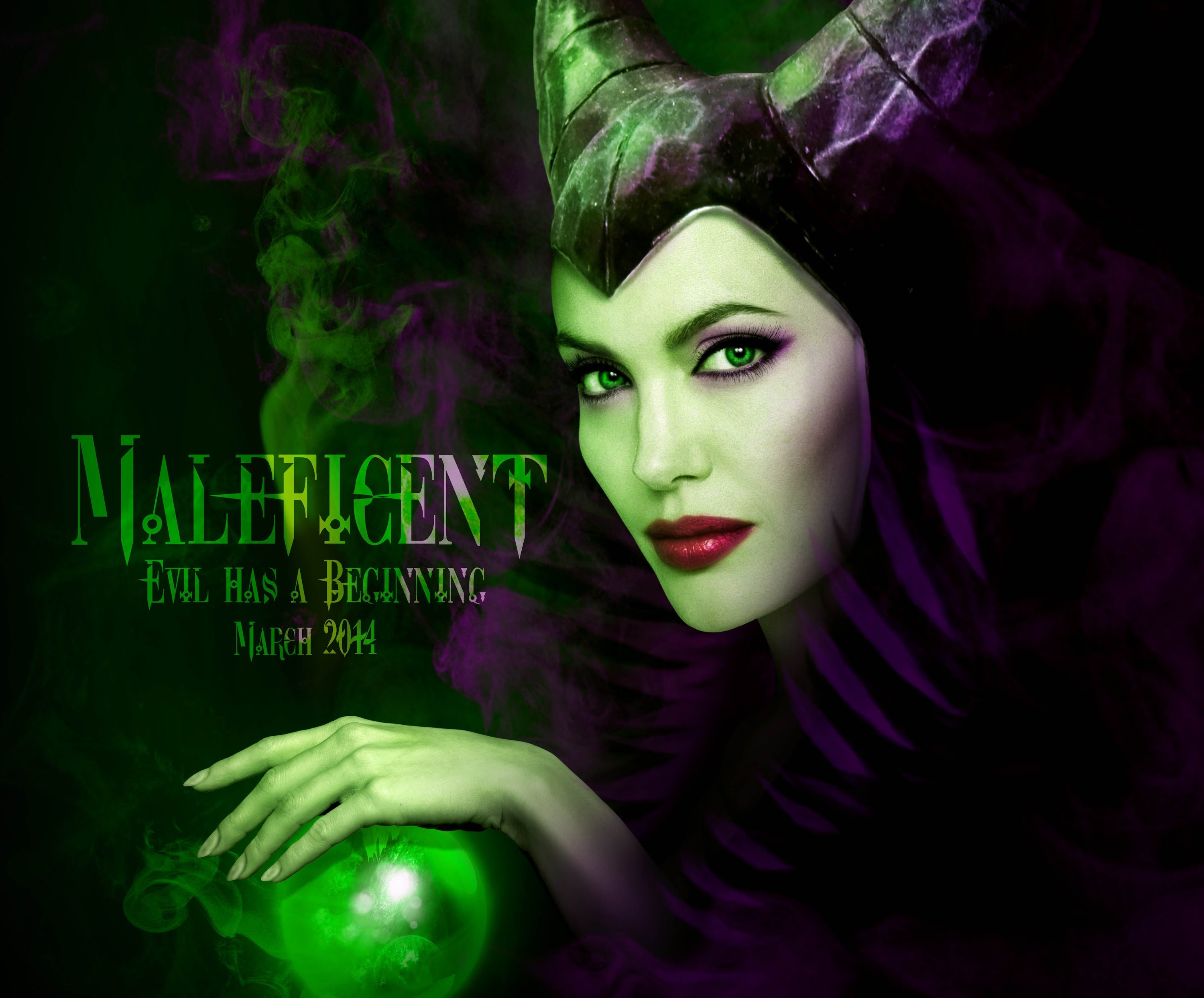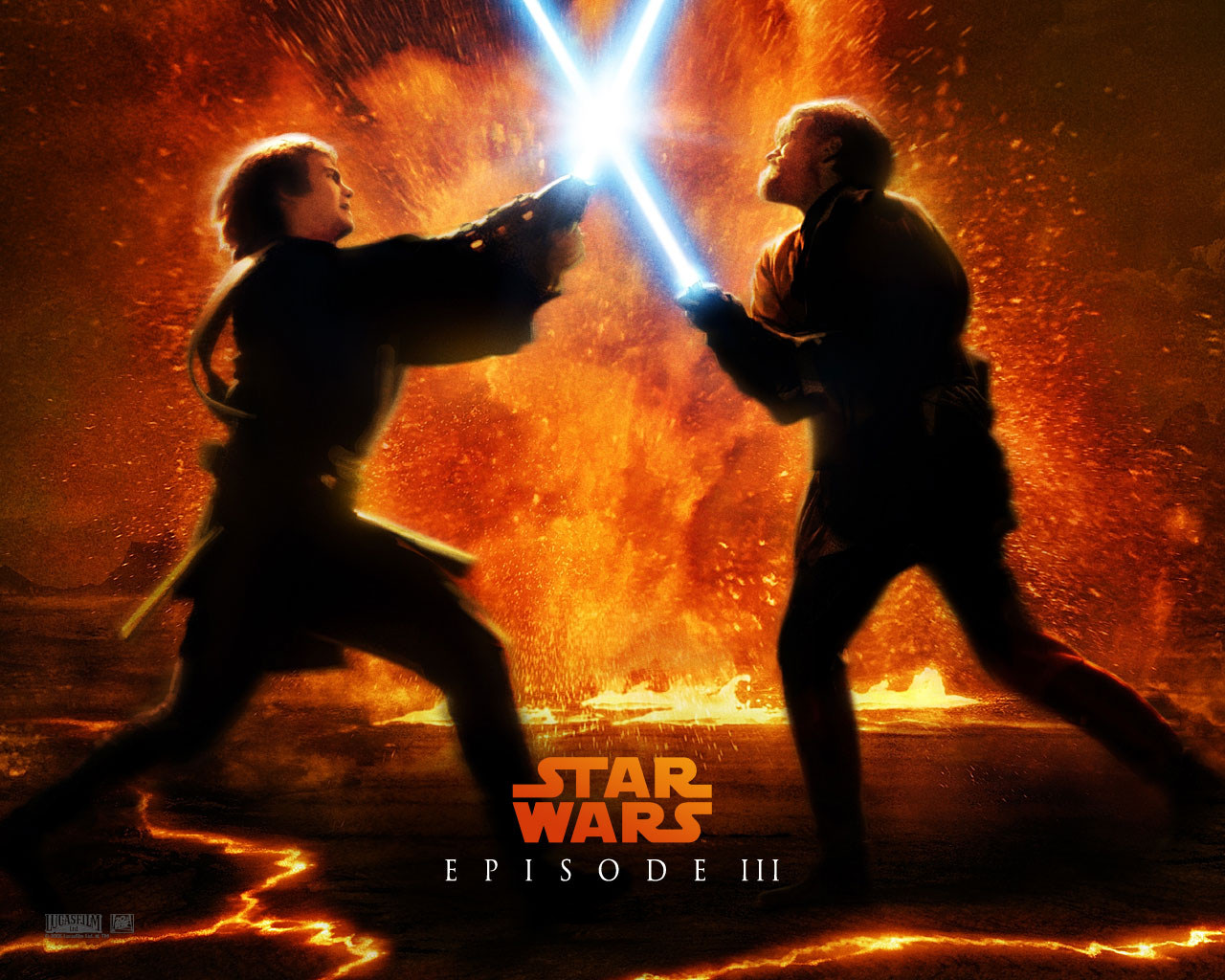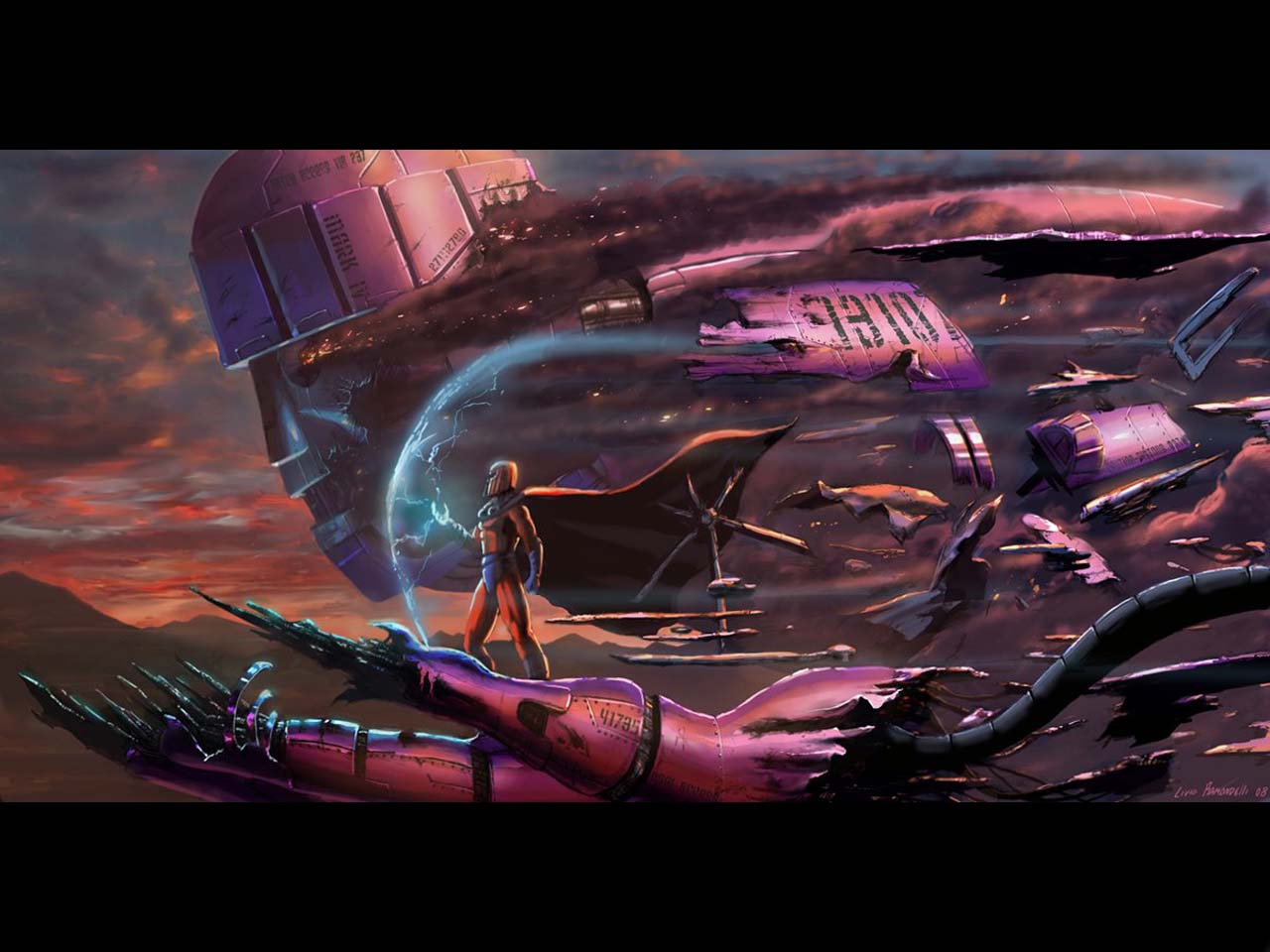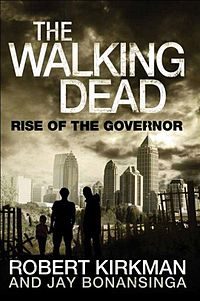When commercials came out for Disney’s Maleficent, I was genuinely enthused. “Great,” I thought, “We’ll get to see evil cackling and magic to boot.” Then the commercials got a bit more in depth and I groaned. “No, they’re trying to turn her into a tragic hero; the quickest way to make interesting characters bland.” My groans are quite verbose. And the general reaction from audiences seems to confirm what I initially thought, Maleficent’s story is as palatable as a piece of balsa smeared with paste and broken glass.
Now let’s clearly establish my point for this article. I’m not here to tell you how Maleficent is garbage bag full of vomit and used prophylactics. What I will do instead is explain why making an undeniably evil character into your hero is the worst thing you can do to your story—I just happen to be using Maleficent as my ugly step child of an example. First, let’s simplify Maleficent as a character. What are the key things everybody knows about her? She’s got evil dark magic, way too invested in parties, can turn into a Morther Fu%$ing dragon, and she murdered a baby!
Step one to becoming an irredeemable bastard of a person, murder a baby. Taking the life of an innocent who is both defenseless and not cognizant of life and death is a one way trip to evil town. Now there may be detractors who are saying, “But she only cursed Aurora to fall into a deep sleep on her sixteenth birthday.” Here’s the problem, explain to me the functional difference between death and an unwaking sleep. And that bit about true love’s kiss? That was a sarcastic barb, Maleficent didn’t believe in true love. She was effectively stopping Aurora’s life immediately at the age of 16. This woman is now a murderer of a child; now why would I root for a child murderer?
One thing Maleficent seeks to do is build the story of this tragic victim who comes back from a tragic event and takes revenge on all those who wronged her as some heroic deed. And everyone in the audience can agree that she has a tragic past, but the heroic path is both pedantic and moronic. I know this is going to hurt, but let’s take a look back to the Star Wars prequels. One of the only things that the series got right was that it decided early on that the story of Anakin Skywalker was a story of decent. He had a hard struggle in life and tragedies galore, but these twisted him into something darker. And hey, that’s great! We all watched him blow up a whole planet, this guy is an asshole. By the time that fight between Obi-Wan and Anakin comes to fruition, we all want that prick to get his ass kicked by Ben—none of us are rooting for Skywalker. Cut back to Maleficent and we watch as she curses Aurora and kidnaps her and then feels really really bad about it. If you ask me who I would root for it would be for Aurora—and that’s another problem.
The thing about retelling a fairy tale is that there always has to be a villain; that’s just the way they are shaped. If you take away the villain, you have to put a different one back. So now we sacrifice Aurora’s father, he now gets to be the focal point of the audience’s hatred. I didn’t mind this aspect so much, I didn’t even mind when they made the Prince utterly useless—it’s a spoiler, look it up. What I did mind was that they didn’t alter Aurora’s role within the fairy tale. In the original tale, all she is is a prop. She never initiates anything and is instead at the whims of everyone around her. The movie doesn’t seek to improve that in any way, it simply changes her to Maleficent’s prop. What they should have done is have Aurora take command of the story, save the day, judging Maleficent herself for her transgressions—because if the girl who was cursed doesn’t forgive Maleficent, why should the audience?
Another problem that consistently pops up when villains become the heroes is that their abilities have to be nerfed. Remember, in the original fairy tale, Maleficent was all powerful, a force to be reckoned with. She was so powerful that she could turn into a dragon and lay waste to entire swaths of land. No number of men or weapons could defeat her until Prince Philip came along. Now, flip that story. It can’t be done because of simple story structure. A hero is the protagonist, a character with a definite goal and purpose. The villain is the antagonist, whose sole purpose is to interfere with that goal or purpose. This often means physical confrontation, one of the reasons that villains are so powerful, they need to be almost insurmountable. If the villain could be beat with a stern finger wag, the story would be less exciting than CSPAN on mute. So, in this case Maleficent goes from being an all-powerful witch who can beat armies to a so-so with who can beat a few guys. This same phenomenon is observable in comics, Marvel comics to be specific. All you need to do is watch what team Magneto is on. Whenever he’s on the Brotherhood he can move the heavens and the stars with but a flick of his wrist. Whenever he is an X-man, suddenly he struggles with loosening the lid from the pickle jar.
Telling a villain’s story is not a problem but clearly we can’t make them the hero. After all, in “Walking Dead: Rise of the Governor” we watch as the man who will be the governor becomes the sick and twisted man we know him to be (and you thought just because I wasn’t doing Unvincible today that I wouldn’t mention Robert Kirkman). Telling the bad guy’s story is interesting; to see the darkness and what motivates the horrendous actions they do is very interesting. After all, a lot of villains have tragic back stories: Victor Freeze, Loki, Spike, Long John Silver, even the Joker’s convoluted past has tragedy. However, no matter what angle we see it from, Joker still shot Barbra Gordon in the spine and there’s no way to explain that away.





